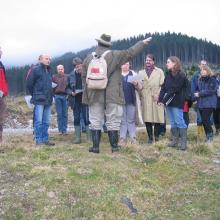
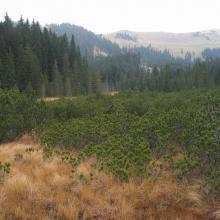
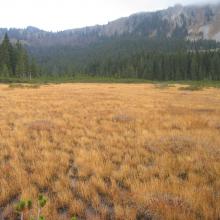
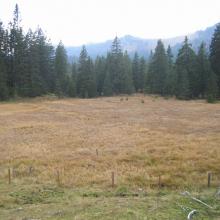
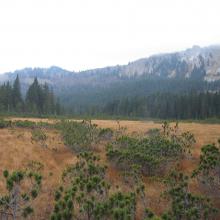


![[from left] Gerhard Sigmund (Ramsar Coordinator in the Ministry of Environment), Gert Michael Steiner (Institute of Ecology and Conservation Biology, University of Vienna), Reinhold Turk (Environment Ministry of Styria), Gerald Plattner (Nature Protection Unit of the Austrian Federal Forests-ÖBf AG) [from left] Gerhard Sigmund (Ramsar Coordinator in the Ministry of Environment), Gert Michael Steiner (Institute of Ecology and Conservation Biology, University of Vienna), Reinhold Turk (Environment Ministry of Styria), Gerald Plattner (Nature Protection Unit of the Austrian Federal Forests-ÖBf AG)](https://rsis.ramsar.org/sites/default/files/styles/risv_medium/public/RISapp/files/56632882/pictures/3AT017pic8.jpg?itok=-v3nFSmi)
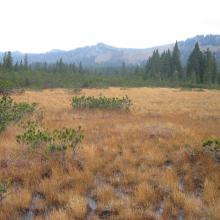
Moore am Nassköhr
- País:Austria
- Número del sitio:1404
- Superficie:211 ha
- Fecha de designación:11-10-2004
- Coordenadas:47°43'N 15°33'E
Los materiales presentados en este sitio web, particularmente los mapas y la información territorial, se proporcionan tal cual y según están disponibles a partir de los datos de los que se dispone y no implican la expresión de opinión alguna por parte de la Secretaría de la Convención de Ramsar respecto de la condición jurídica de ningún país, territorio, ciudad o zona, ni de sus autoridades, ni respecto de la delimitación de sus límites o fronteras.
Resumen
Moore am Nassköhr. 15/10/04; Styria; 211 ha; 47°43'N 15°33'E; Nature Reserve. A karst depression of the northern limestone Alps which presents bogs, transitional mires, and fens.The site supports a high biodiversity of the associated mire vegetation; typical species include the Few-flowered Sedge (Carex pauciflora), the Sundews Drosera anglica, D. intermedia, and D. rotundifolia, Bogbean, Bog Swertia, and numerous moss species.The limestone bedrock is covered with a layer of impermeable shale at the origin of the formation of the peatlands, springs and streams. The streams flow into a meandering brook that vanishes into a "swallow hole", the Durchfall. The wetland has an important role in groundwater recharge and water retention, especially after heavy rainfall. 19th century peat extraction, long discontinued, still negatively affects the hydrology by lowering the water table and initiating erosion channels, and trampling by cattle has caused disturbance of the vegetation cover - under a joint project of the landowners, the Austrian Federal Forests, WWF- Austria, and the Institute of Ecology and Conservation Biology of Vienna University, begun in 2002, peat extraction and drainage are prohibited in the mires and a fence to prevent grazing has been set up. Outside the mires, sustainable forest management, hunting and pasturing are continuing. Ramsar site no. 1404. Most recent RIS information: 2003.
Región administrativa:
Styria
- Designación jurídica nacional:
- Nature Reserve
- Fecha de última publicación:11-10-2004
Descargas
Ficha Informativa de los Humedales de Ramsar (FIR)
Mapa del sitio
Informes y documentos adicionales
- Listas taxonómicas de especies vegetales y animales presentes en el sitio
- Otras referencias publicadas
